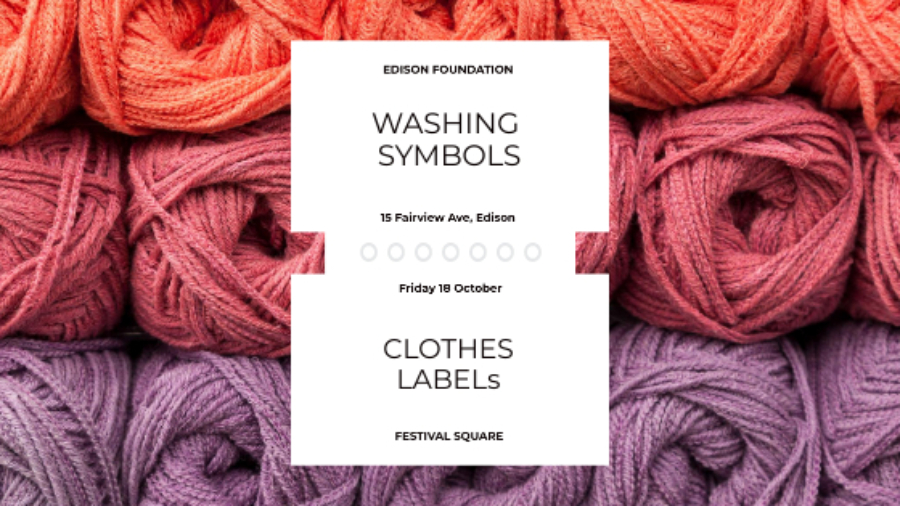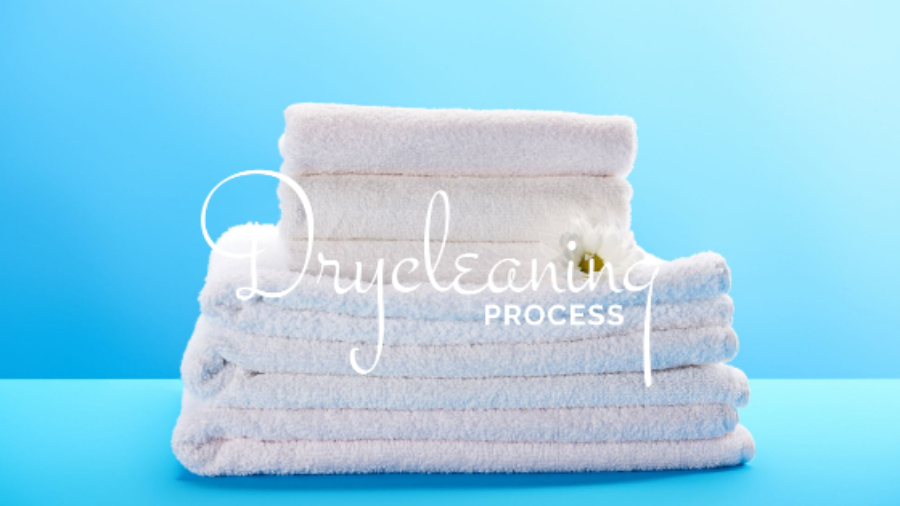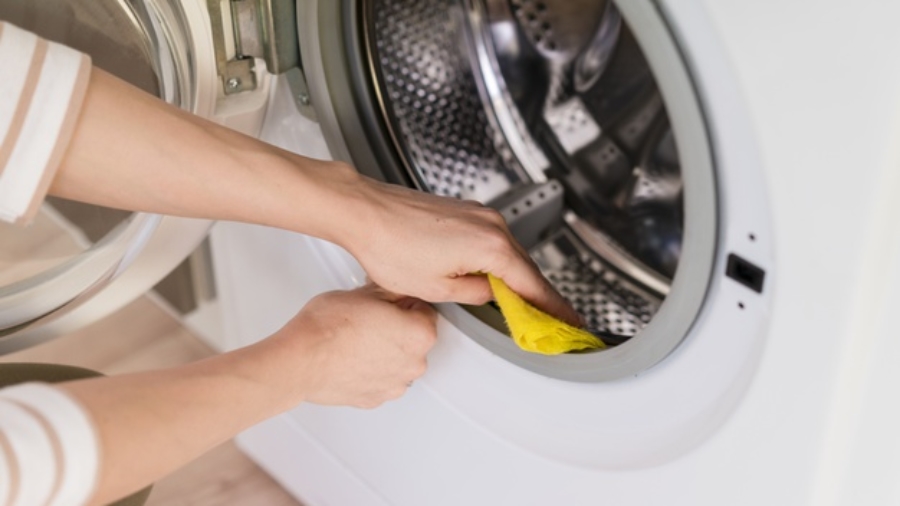The last thing you want when doing laundry is to remove your favourite blouse from the dryer and discover it has shrunk. While we wish there were simple, all-encompassing rules for remembering how to dry clothes, it sometimes just not that easy. To help keep your clothes free of stains, wrinkles, and damage, use our guide to drying clothes the right way.
We all have a least one article of clothing with a care label that says “Hang to Dry.” Most of us have probably thought at one time or another, do I have to? And weighed the risk of throwing that piece in the dryer along with the rest of the laundry.
Well, for all you who want to avoid turning your favourite pieces into doll clothes, here is a guide on why you should hang dry certain garments and how to do it properly so your clothes continue to last and look great.
Why Are you Expected to Hang Dry?
Hanging clothes to dry helps to avoid the heat damage that can be caused by traditional dryers.
Delicate fabrics, such as those used in activewear, underwear, and jeans, can lose their shape and fit due to the harsh tumbling and heat of the dryer. By air drying your clothes on a clothesline or laying them out to dry on a flat surface, you can help your clothes maintain the same fit and form they had when you first bought them.
A good rule of thumb: If your garment is made of synthetics, wool, or lace – double-check the clothing label to see if it’s a hang dry items.
How To Properly Hang Dry:
As a general rule of thumb, the clothing items you launder in a permanent-press or regular cycle in the washing machine can also be dried in the clothes dryer. But it’s always best to check the clothing care label. You especially don’t want to machine-dry anything that is required to be washed by hand. When in doubt, air-dry garments on a clothes-drying rack. This option saves money on fuel bills, extends the longevity of clothes, and reduces concerns about ruining certain clothing.
Check the care label and wash your clothes accordingly. The clothing label will direct you on the best method, be it a machine washer or by hand with hot, warm, or cold water. If you’re unsure what those comically unintuitive care symbols mean, you can reference our handy laundry symbol guide.
At Rinse, we always follow the care label on your clothing. It’s just another reason why we’re the most trusted brand in clothing care. Try our Hang Dry service and experience our quality cleaning and exceptional customer service for yourself.
Hanging your clothes outside on a clothing line? Follow these tips:
- Pants: Hang your pants upside down. Make sure to match the inner leg seams of the pants, and then place the clothespins on the hems while attaching it to the clothesline.
- Shirts and tops: Also hang these upsides down. Place the clothespins at opposite ends of the bottom hem of the shirt or top, and pin to the clothesline.
- Socks: Hang socks in pairs and upside down. Attach the clothespin to the toe area of the sock and let the top part of the sock hang down.
- Bed linens: Since sheets and blankets can take up a lot of space on the clothesline, you should fold them in half and pin each end to the clothesline.
- Underwear and bras: Hang underwear from opposite sides of the upper seams, and bras from their hook end.
Drying your garments inside? Tips to help them dry quicker and look their best:

- Make sure to lay your clothes on a flat surface when air-drying garments inside.
- Be sure to leave some room between garments to allow air to circulate between them. (A wet pile of clothes is a wet pile of clothes whether you carefully created that pile or not. The key to successful air-drying is ventilation).
- Place your clothes near a window, vent, air-conditioner, or a fan to speed up the drying process.
- Don’t have enough space to lay everything flat to dry? No problem – the key is prioritization.
- Sweaters and other garments made from heavy or stretchy material should always be laid flat to dry.
- Other types of garments like yoga pants, swimsuits, jeans, etc can be hung inside using hangers or a drying rack.
Hanging your clothes may take more time and effort than the traditional dryer, but it can help some of your favourite garments last a lot longer and stay looking as great as the day you bought them.
How Should I Prep My Clothes for the Dryer?

Before even washing clothes, you need to sort clothing. Separate wash loads by texture (items that produce lint and those that attract it), fabric (put clothing items of similar materials together), soil (separate heavily soiled from lightly soiled), and colour (whites, lights, darks, items that bleed). This pre-wash prep work will make it easier to sort clothes for the dryer. When drying the items, however, it’s especially important to separate clothes by weight. Mixing heavier items with lighter items might mean one comes out overdried and the other still damp.
Give just-washed clothes a glance and a shake before tossing them into the dryer. Make sure the washing machine did its part in removing stains. If stains remain, treat them again to remove the stain completely before drying. If a stained garment goes into the dryer, the stain will likely become permanent. Shake out garments or linens before putting them in the dryer to remove hidden items (such as socks), help items dry faster and reduce wrinkles.
Conclusion
Let someone else take care of the laundry
If you’re overwhelmed by piles of grubby laundry, then why not let someone else deal with it? Our award-winning dry cleaning and laundry service makes wash day a breeze. Upon subscription, We’ll collect your laundry, clean and iron it using professional methods and equipment, and return it to your door. We’ll even fold or hang it for you, so it’s ready to go straight in the wardrobe or drawer.
Your washing machine needs to be cleaned thoroughly every couple of months, and you should be running a hot maintenance cycle at least once every two weeks. This will leave your machine out of action for a few hours, so subscribe to our service and let us handle the hard work while you scrub up.






